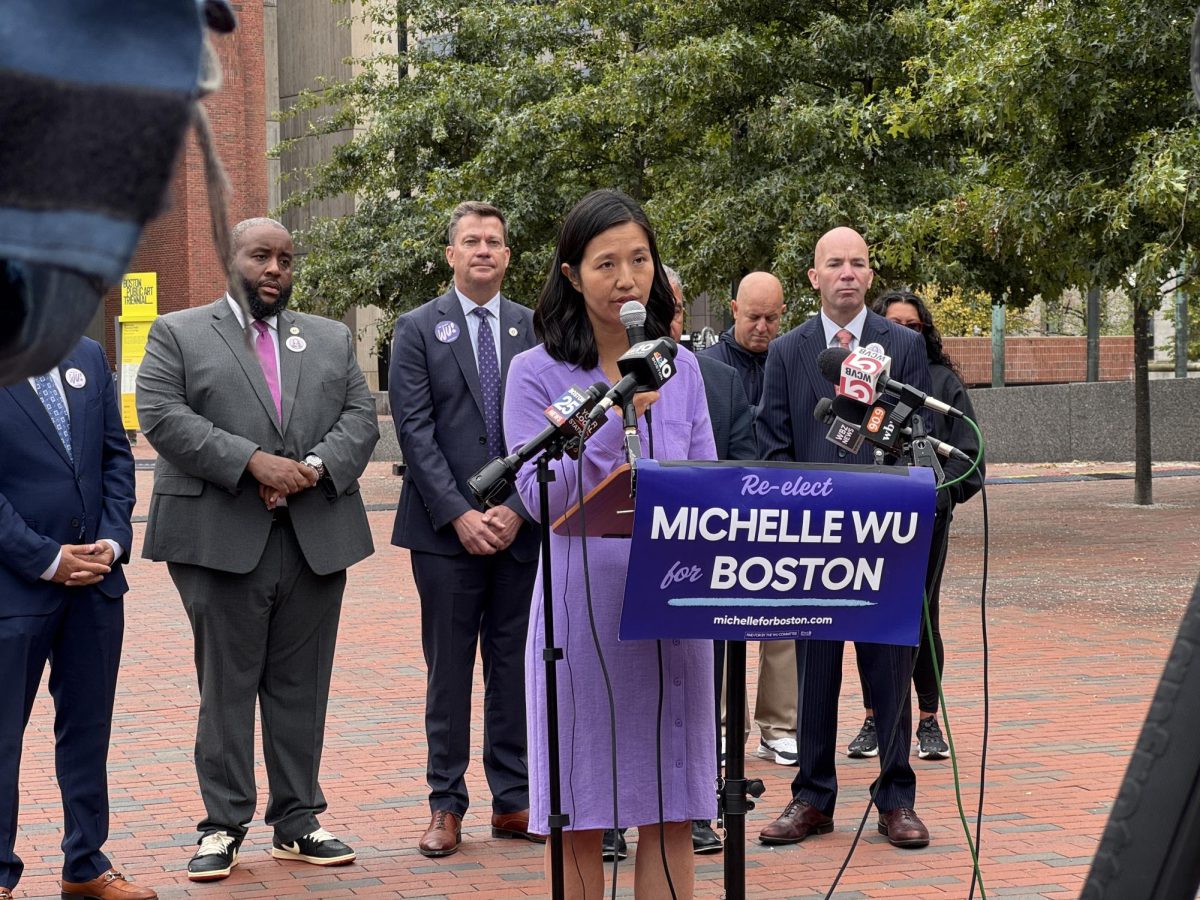Just weeks before the November general election, President Donald Trump was tasked, for the third time, with filling a seat on the Supreme Court.
The death of Justice Ruth Bader Ginsburg allowed President Trump the opportunity to nominate conservative Judge Amy Coney Barrett as Ginsburg’s successor. Ginsburg’s absence leaves room for political upheaval with Barrett on the court, as the court will have a conservative majority.
Barrett will go through a series of hearings before the Senate. There will then be a Senate Judiciary Committee vote, chaired by Republican Sen. Lindsey Graham of South Carolina. Then, preceded by a Senate-floor vote where all senators will vote on Judge Barrett’s confirmation.
As of now, Republicans hold the majority in the Senate with 53 members. Only 51 votes are needed to confirm a new justice. Vice President Mike Pence has the power to break a tie if the vote splits the Senate in half.
According to CNN, Judge Barrett’s confirmation process will move fast through the senate because many senators know her well.
In 2016, Senate majority leader Mitch McConnell did not allow then-President Barack Obama to fill a Supreme Court seat nine months before the presidential election. The seat had been filled by Justice Antonin Gregory Scalia, known for his conservative views, who had died on Feb. 13.
“The American people are perfectly capable of having their say on this issue, so let’s give them a voice. Let’s let the American people decide,” McConnell said before the Senate on Mar 16, 2016, following President Obama’s nomination.
This year however, McConnell said that there will be a vote to confirm a new seat before the November election.
“The Senate has more than sufficient time to process a nomination. History and precedent make that perfectly clear,” said McConnell Sept. 21 on the senate floor.
Ginsburg died from metastatic pancreatic cancer on Sept. 18, less than two months before the presidential election.
“My most fervent wish is that I will not be replaced until a new president is installed,” Ginsburg said to her granddaughter Clara Spera in the days before her death, according to NPR.
Ginsburg served 27 years as a justice, with her greatest accomplishments being those surrounding gender equality.
Democrats on Capitol Hill have said they are worried Barrett might undo this progress, specifically by overturning the 1973 Roe v. Wade decision, which legalized abortion in every state.
“[Barrett] stands for all the things Ruth Bader Ginsburg was against and so many things that the vast majority of American people are against,” said Senate Minority Leader Chuck Schumer at a news conference on Sept. 20.
Some Republican senators have expressed their desire to wait until after the election to vote on a replacement. Facing a tough re-election, Senator Susan Collins of Maine is among that minority.
“In fairness to the American people, who will either be re-electing the President or selecting a new one, the decision on a lifetime appointment to the Supreme Court should be made by the President who is elected on November 3rd,” tweeted Collins on Sept. 19.
Republican senators who opposed President Obama nominating a new Justice in 2016 have quickly changed their minds about the process in the past week.
Sen. Graham, also facing re-election, had previously said that he did not support an election-year Supreme Court nomination. Now, he does.
“A 4–4 Supreme Court is not a good deal for America,” said Sen. Graham during an interview with Fox News. “Now we may have litigation about who won the election, but the court will decide, and if Republicans lose, we’ll accept that result. But we need a full court.”














